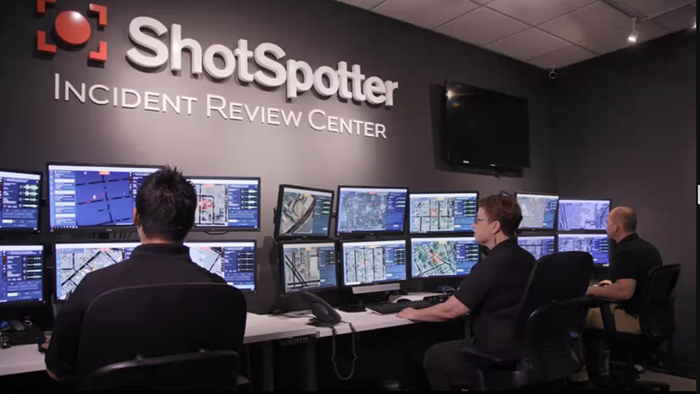
Over at The Digital Bits, Bill Hunt has a breakdown of what Paramount has decided to do with their Blu-ray release of Star Trek Into Darkness:
The seven featurettes listed in the press release are basically everything you get on the disc, aside from the usual DVD copy, Digital Copy, UltraViolet copy, Xerox copy and what not. The featurettes amount to about 42 minutes of EPK-style behind the scenes material. There’s no commentary, no deleted scenes, no trailers… which would be bad enough.
Except…
It turns out that more extras were created for this release—more featurettes and even an audio commentary with director J.J. Abrams and members of his crew. None of it is available on the wide release Blu-ray or Blu-ray 3D SKUs. The commentary can only be found as an iTunes “extra” download. And those extra featurettes? Some are on a Target bonus disc. Some are on a Best Buy bonus disc. And some are only available via CinemaNow and VUDU downloads.
In other words, if you (legally) want all the special features for Into Darkness, you have to buy at least three copies of the movie, from three different places. This isn't interesting not because of what those extras are so much as it's more proof that the very businesses who would benefit from shoring up physical media are instead hastening its demise.
Speaking as someone with a stupidly large Blu-ray and DVD collection—and who realized last time I moved that 90 percent of the crap all my friends had to lug up and down stairs were goddamn books—there are still legitimate reasons to still buy movies on physical media: audio and visuals that still vastly exceed streaming quality, being able to watch something even when it's been yanked from Netflix, and, in the case of things like Criterion releases, having related essays and art kept with the film itself. For me, the biggest draws are still well-produced, thoughtful supplementary materials and extra features, which are growing increasingly rare but can still vastly impact one's perceptions of a film. Realistically speaking—and like everybody else—I watch more stuff via streaming than I do on disc, but I also like having discs of films or shows that I know I'll be revisiting a lot.
But movie nerds like me are pretty much the only people still buying Blu-rays—just as music nerds are the only people still buying vinyl, or book nerds are the only people still dropping $35 on a hardcover. Casual consumers—which is to say, everyone else—has moved on. Which means that in order for physical media to keep going, it needs to provide things that digital can't. I always think of McSweeney's whenever this comes up, but you can make the comparison across media, too, apply it to the Alien Anthology Blu-ray or whatever: You have to provide something that people want to physically own, despite its inconvenience. You can do this by creating beautiful and unique things (McSweeney's), or can do this by creating things that attain some level of definitiveness, appealing to fans' completist tendencies (Alien Anthology). And once you've targeted die-hards as your target market, you can usually charge a premium to justify the extra work and time that goes into making these things, as opposed to just uploading a file somewhere for people to buy and/or steal.
The Into Darkness thing, though, is the opposite of all of that: If you have a stake in physical media continuing to sell—which studios very well should—then it doesn't make sense to make it harder for people to get what they want on physical media. Because once you do that, you remind people how much easier it is to just buy something digitally—or not buy anything at all.



















